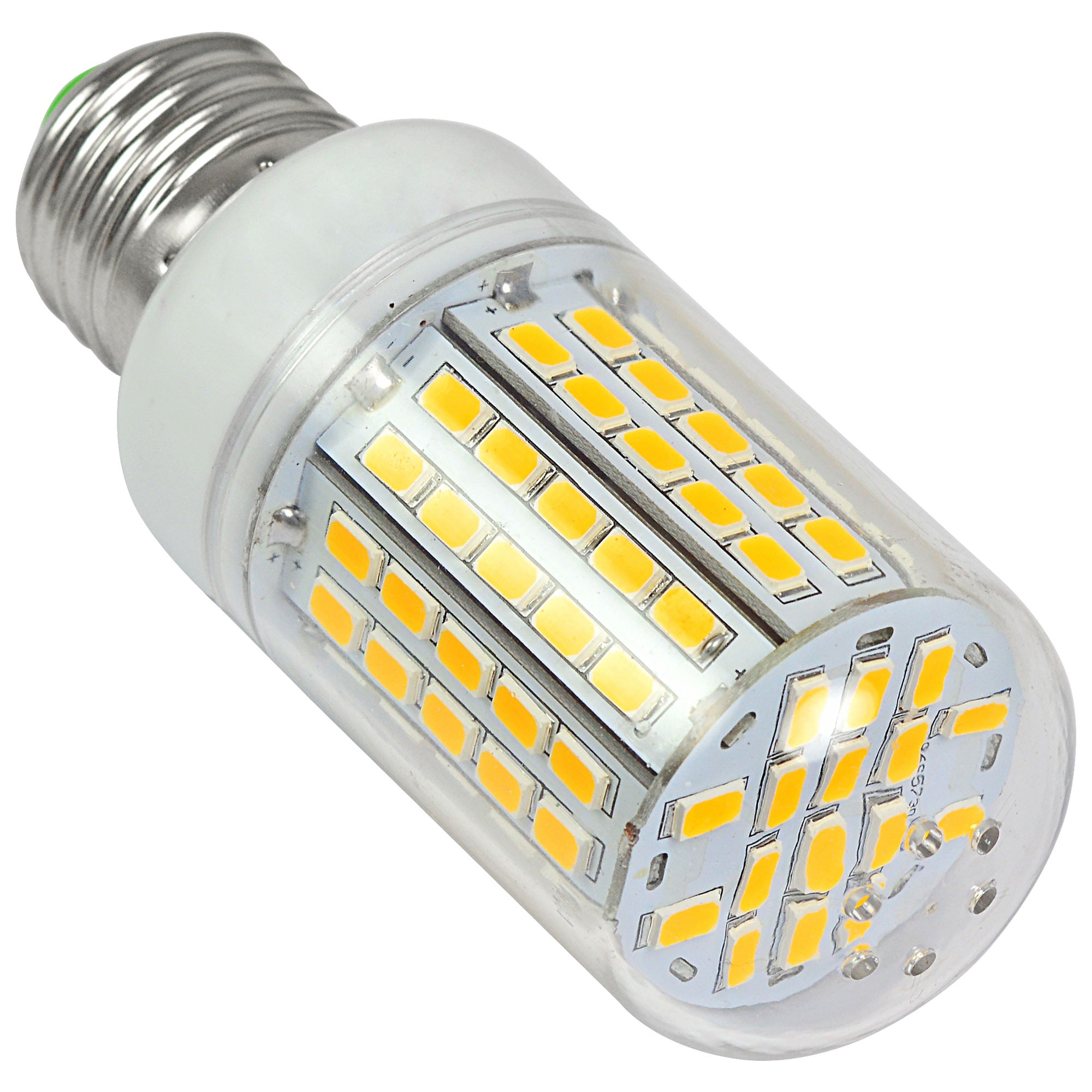SMD LEDs are the most common LEDs in the market. Their use is extensive- light bulbs, string lights, or mobile phone notification lights. SMDs are easy to manufacture and use with any light system. As a result, some models, like the SMD LEDs 5050, have had a strong market presence in recent years. Let us explore these brighter energy-saving models with longer life spans.
What are SMD LED Lights?
SMD LED lights are surface mount technology to place an array of small light-emitting diodes onto a metal-core circuit board. These surface-mounted device LEDs are connected via a board to conductive tracks and soldered in place. These have a characteristic 3 1 encapsulation integrating red, green and blue in a single system.
Advantages of SMD LED Lights
SMD LEDs are used extensively in many applications and industries. The SMD LEDs are brighter than standard LED bulbs and have enhanced heat dissipation features. Two other vital factors are color accuracy and improved resistance to vibration and impact.
A technical point that has made the SMD LED 5050 a top-selling model is the superior beam angle it produces. The wider beam angle has led to extensive use in floodlighting, spotlighting and illumination applications.
While these advantages have made SMD LED lights popular, their efficiency is a feature that finds extensive industrial use.
What is the efficiency of SMD LED lights?
One of the most critical factors in measuring the utility and advantages of bulbs is their luminous efficiency. The visible light spectrum is measured in Lumens per watt and theoretically defined for the ideal light source as 683 lm/w for green color wavelength for 555nm. In comparison, the most efficient LEDs have a luminous efficacy ranging from 40% to 50%. That is to say, the power lost as heat is between 50% to 60%.
The output of SMD 5050 LEDs is nearly three times higher than the SMD 286 strips, although they use newer technology and are ultra-efficient. The advantage of LED 5050 is its use in lighting up ambient light.
What is the longevity of SMD LED lights?
SMD LEDs can last over 60,000 hours or more. When an LED reaches the end of its life, it gradually fades over an extended period. Meanwhile, temperature-managed SMD LEDs can last 60,000 hours or more compared to official rates of 50,000 hours. Apart from the LEDs, strip lights have a life span of 4 to 6 years. Thus, the longevity of LED lighting is between 20,000 to 50,000 hours. When calculated conservatively, the bulbs last 8 hours daily for approximately 17 years.
How is the SMD LED different from a traditional LED?
While the technology of LEDs remains the same in both types, there are some fundamental differences. SMD LEDs are smaller than traditional LEDs as the latter have long leads called the cathode and the anode. SMDs only have very short leads or no leads at all. Besides, SMD LEDs are surface mountable, making them ideal for use on electrical boards. These get power from five or smaller LED chips with 20-degree beam angles per chip clustered together.
However, traditional LEDs use three to four high-powered LED chips with 25 to 40-degree beam angles to create one light. As a result, SMD LEDs are more efficient than traditional LEDs. They have better light efficacy, generating more light for less wattage. However, the added advantage of SMD LEDs is that they produce a broader light beam. Because of this, the light doesn’t need as large of a heat sink as a traditional LED.
